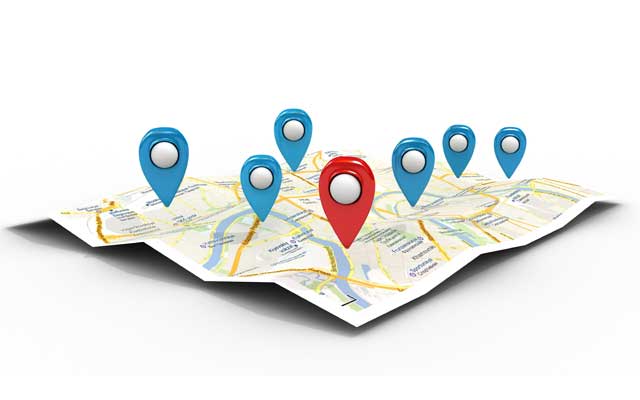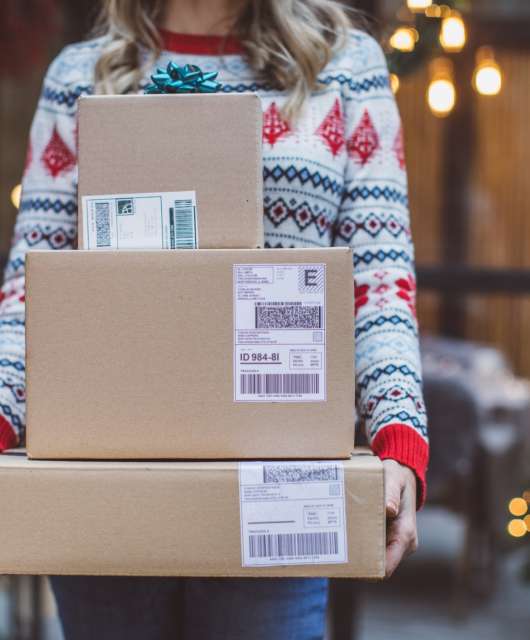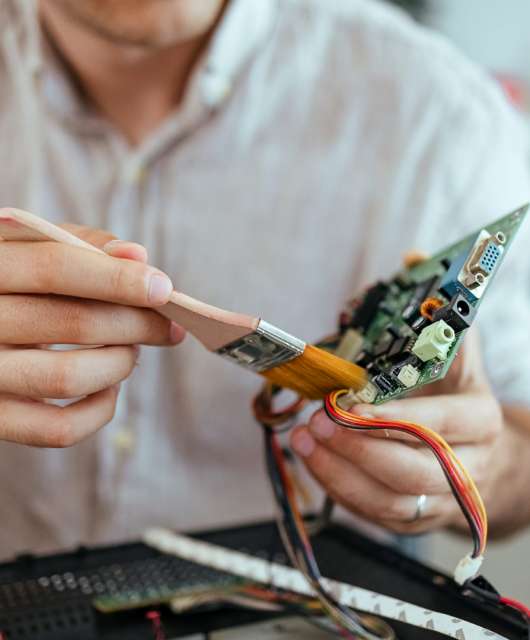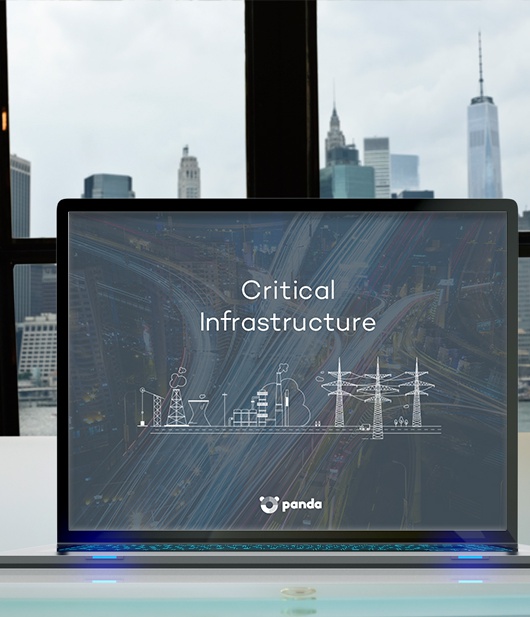As the cost of smart home technology falls, more of us are installing internet connected devices. Smart plugs, smart speakers, smart lights and now smart cameras, all designed to make our lives slightly easier.
Smart cameras are increasingly popular. They allow us to check in on our sleeping babies, our elderly relatives or our pets. We can see who’s at the door, and that we haven’t been broken into. And because the cameras are connected to the internet, we can check our camera feeds from anywhere in the world.
Smart cameras are an attractive target for hackers. Some will break into these systems out of curiosity, just to see what you are watching. Others will monitor footage, looking for embarrassing clips that can be used to blackmail their victims.
Two security weak points you need to know
It helps to know a little bit about how smart cameras work so that you can understand the two major weak points that need to be addressed.
- The home WiFi connection
Most smart cameras connect wirelessly to your home WiFi. If the device has been configured incorrectly, hackers can use the connection to break into the rest of your network. They can also hijack your broadcast stream so they can see what you do – your kids, your property or whatever else the camera is pointed at.
- The cloud storage account
Cameras like Google Nest and Amazon Cloud Cam automatically upload video footage to the cloud. This is how the system knows to send push alerts to your phone or allows you to easily access clips and footage from anywhere in the world.
Data is encrypted as it is uploaded and saved to stop hackers intercepting the stream in transit. But if they manage to crack your online account password, they can access archive video footage. They can also take control of the camera.
How to better protect your smart camera
The most common mistake people make when installing smart cameras is to not change the admin password. This means that anyone who gains access to your WiFi can connect to the camera because the login details are already known. You must make sure that your camera is protected by a strong password.
The second mistake is to choose a short, weak password for your cloud account. Whether you have a smart camera or not, you must choose strong passwords for all your online accounts – including those for storing video.
Third, smart camera manufacturers regularly release software updates that patch bugs and security loopholes. You should check that your camera software is up to date and apply any patches as soon as they are released.
Smart camera security isn’t rocket science, but it does take a little extra preparation. These tips will help better protect you from smart camera privacy leaks.






